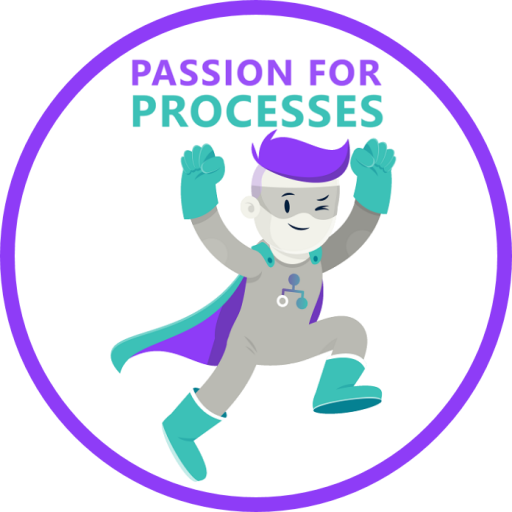
The success of many companies depends on the speed of implementing their business model innovations. Profitability of companies depends for example on the agile (re)positioning of the products and services in the market (e.g. from one time sale to license sales) or the agile incorporation of innovations and new logistical concepts (e.g. 3D printing).
Innovating a business model is relatively easy – the Osterwalder Business Model Canvas (BMC) can be applied. The more difficult part is the quick implementation of these business model innovations within the organization.
In order to continuously align the business model innovations with the changes in the End-to-End processes, ICT template solutions and organizational performance metrics, the ADM business transformation life-cycle can help.
The ADM Business Transformation life-cycle can help to align all involved departments and to make sure they all use an integrated set of best practices and the same single source of truth supported by an integrated ICT tool chain.
The ADM business transformation life-cycle is developed by the ADM expert user group and the results are captured within the book; 'Business transformation in operation (s)'.
Within this book the concepts of the ADM business transformation life-cycle with 72 best practices are explained, including the required ADM governance model and ROI rational.
This book contains use cases from companies like; Unilever, Philips, Nidera, Capgemini, ERIKS, Software AG, Achmea and Friesland Campina. Together these use cases cover the complete ADM business transformation life-cycle, give an overview how they applied the latest SAP template technology and give insight how these companies are transforming their organization. Furthermore information how SAP implements Business Process Management and Internet of Things (IoT) to support business innovations.
The virtual ADM governance team is required to maintain the quality of; the ADM Business transformation lifecycle, EIM (Enterprise Information Management), BIM (Business Information Management) and the business transformation project portfolio.
The final chapter of this book will show an example of the results of the free online ADM maturity check and how the ADM Business transformation roadmap assessment can be used to determine whether your company is ready for a business transformation program.
The ADM business transformation life-cycle improves the organizational agility, optimizing the project portfolio, reducing the complexity of the ERP application template, thereby increasing the success rate of the digital business transformation projects within the operational business processes.
This book is specifically useful for people (e.g. enterprise architects, innovation managers) who are responsible for the implementation and management of the business transformation program and need more information about the required best practices and ICT technologies.
More details on the book can be found at the following SlideShare presentation;Book summary; business transformation in operation(s)
The book store can be found at: 'Business transformation in operation (s)'
You can also go to; Previous blog <=> Next blog












